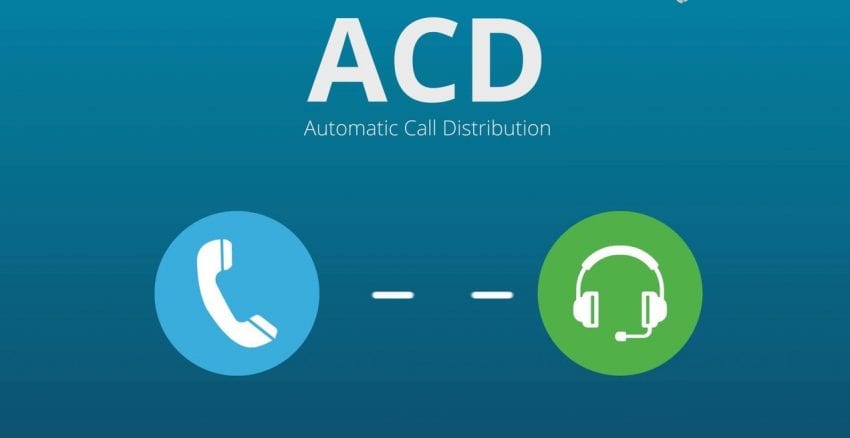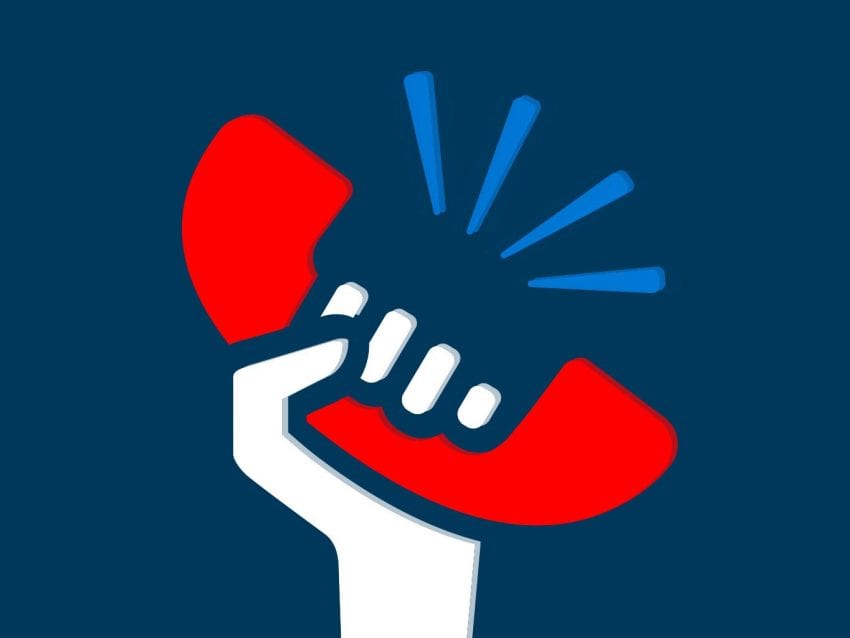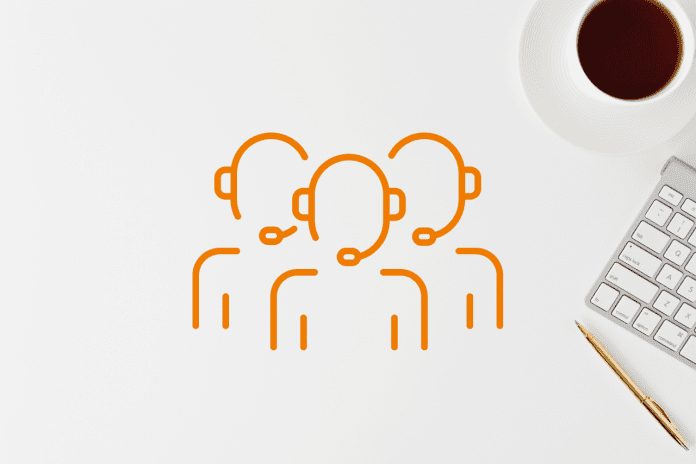Customer service is more important in today’s business landscape than ever before. There have never been more online review sites and outlets for customers to voice their experiences working with a company. Therefore, it is essential that businesses provide their customers or clients with support or troubleshooting in a quick and pleasant manner. If you own a business that experiences a high volume of inbound calls or requests you should seriously consider utilizing an ACD to streamline your customer service distribution.
While you may not know what an ACD is, there is a very good chance you have enjoyed the convenience they provide many times in the past. Let’s take a look at exactly what an ACD is, and how incorporating one into your business can improve your customer service department.
Automatic call distributors
ACD is an acronym for automatic call distributor. Simply put, an ACD answers and routes incoming calls to employees or customer service representatives based on the specific needs of each caller and the expertise and availability of representatives. Current ACD systems can also initiate automatic callbacks and call queuing, set up voicemails, and integrate with WFM and CRM software. All of this helps reduce customer wait time, increase customer satisfaction, and optimize employee productivity.

The first ACD is believed to date back all the way to the 1950s, and ACD systems have been common in call centers since the 1970s. Just like so many other workplace tools, ACDs have evolved over the years, with the advancement of technology. Modern ACD systems have adapted to the Internet by incorporating software that serves emails, texts, web chats, and almost any other communication channel into their services, as well.
The importance of multi-channel communication
More and more customers are putting down their landline telephones and choosing to engage with customer support services via alternative methods such as text, email, or social messenger applications. An ACD system can help your company better serve your customers across all of these channels. As time goes by, these types of communication channels will only become more popular; it is always a better idea to be ahead of the curve instead of playing catch up.
The added convenience that an ACD creates by blending all of these communication channels will instantly make your company or business more attractive from a customer service perspective.
The right representative for every issue

An ACD would allow you to easily connect inbound callers with the right representative for each specific situation. This is usually accomplished via an automatic menu or recording that asks users why they are getting in touch. For example, a caller interested in a new service will be connected with a sales rep while a customer who is following up on a technical issue from a few days ago will be connected with the same specialist who has helped them before.
This will improve the entire customer service experience for callers, since their time will not be wasted by talking with a representative who can’t answer their questions or help in a relevant way. Additionally, the ACD will display account information and history to employees before they are connected with the customer, speeding up the process.
Prioritize calls
Some of the latest ACD systems can also prioritize incoming calls based on a number of factors such as previous call history from the phone number, escalations on file, or call purpose. This feature stops any important calls from falling through the cracks or being left unattended.
Convenient automatic and queue callbacks

We’ve all been there; after waiting longer than expected to get on the phone with a representative, something happens and you are disconnected from the call. It can be a frustrating experience, but there is a resolution. An ACD can set up automatic callbacks so, in the event of a disconnect, customers will immediately receive a call from the support center. Alternatively, customers can also opt for a callback at a later time if there are no representatives available at the time they are calling.









